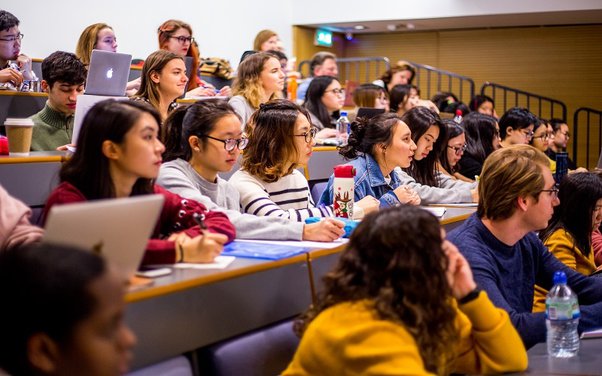News
How can international students afford college?

The top-tier schools and institutions in the USA attract a large number of international students. Similar to local students in America, international students must consider how they will cover living expenses, tuition, and fees while choosing a college in the USA.
International students are eligible for different types of financial aid than do US students. Paying for college requires knowing how to obtain the greatest financial help and recognizing the special circumstances that affect international students.
Both foreign and domestic students find that attending college in the United States is more expensive than it has ever been. However, there is a sizable price difference between the two. Public, in-state education costs less than $10,000 a year on average. That amount can reach $45,000 USD per year for overseas students, and the cost of attending a private school increases even further.
These startling statistics make it crucial for overseas students to research expenses and funding options. Before considering studying in the United States, there are a few things you should consider.
Factors to Consider Regarding College Costs
1) Cost to consider
When planning your path toward higher education, it’s imperative to gauge the actual expenses involved. Assessing the overall cost is crucial, considering tuition, supplies, housing, and student fees. Most colleges outline these expenses in a cost of attendance statement, providing an estimate for various aspects. The foreign education credential evaluation service providers can also assist in determining the real costs involved.
Beyond these standard costs, international students encounter additional financial considerations. Apart from typical college expenses, they often need to cover travel, language tests, and more costs. Medical care and insurance expenses also demand consideration, with colleges offering medical coverage requiring students to pay the premiums. This cost is unique to international students, as domestic students often remain under their parents’ coverage.
2) Securing Financial Aid for College
The expense of college education often prompts domestic and international students to seek financial aid options. While international students might have access to only some aid avenues available to US citizens, there are still viable options. (FAFSA) Free Application for Federal Student Aid is a widely used aid application determining financial assistance for students by states, the federal government, and schools.
Despite the absence of a Social Security number, international students can receive alternative aid forms by submitting a printed FAFSA through mail. Schools may also suggest the International Student Financial Aid Application (ISFAA), catering specifically to international students, with varying preferences per institution.
Colleges and universities themselves serve as significant sources of financial aid, offering scholarships and grants based on various criteria like need, academic, or athletic merit. Sifting through the school’s financial aid website often reveals comprehensive lists of scholarships and grants, some even offering convenient online portals for application submission.
3) Graduate School Aid and Scholarship Opportunities
Graduate studies open broader financial aid avenues for international students than undergraduate courses. Institutions often reserve considerable aid for international graduate students, offering assistantships or fellowships, which may include scholarships or compensatory work opportunities within academic departments.
Scholarships, deemed as “free money,” are highly sought after by students globally for covering tuition and fees without the obligation of repayment. While international students might need more scholarship options than their domestic counterparts, opportunities still exist based on academic performance, sports, hobbies, volunteering, etc.
4) Financial Aid from Home Countries and Student Loans
Some top-tier US schools allure international students, prompting various countries to offer financial aid to students seeking higher education abroad. Governments may provide loans or scholarships, often with specific obligations, like repayment post-graduation or return to the home country.
The availability of aid varies by country, with some offering comprehensive financial support to students pursuing education in the US. Local government websites usually detail the programs available, outlining the assistance provided to students choosing a college in USA. Alternatively, seeking loans from home country lenders could offer more favorable qualification terms but differing rates and conditions from US loans. Weighing long-term impacts and repayment obligations, students should carefully consider borrowing money, particularly while assessing the value of education received versus the incurred debt.
5) Work-Study Programs: Some colleges offer work-study programs that enable students to work part-time on campus to cover expenses. International students with F-1 visas are often eligible for these opportunities, which provide financial assistance, valuable work experience, and networking opportunities.
6) Part-Time Employment Off-Campus: Certain visa types allow international students to work off-campus for a limited number of hours during the academic year. It’s essential to understand the regulations and limitations regarding off-campus employment and ensure compliance with visa requirements.
Conclusion
Though international students may need help accessing specific financial aid available to US citizens, numerous avenues exist to assist in affording higher education in the United States. Scholarships, grants, loans, and other funding resources offer viable means for international students to navigate the financial landscape of pursuing education abroad. Remember, the investment in higher education is not just a financial one but an investment in your future and career prospects.
